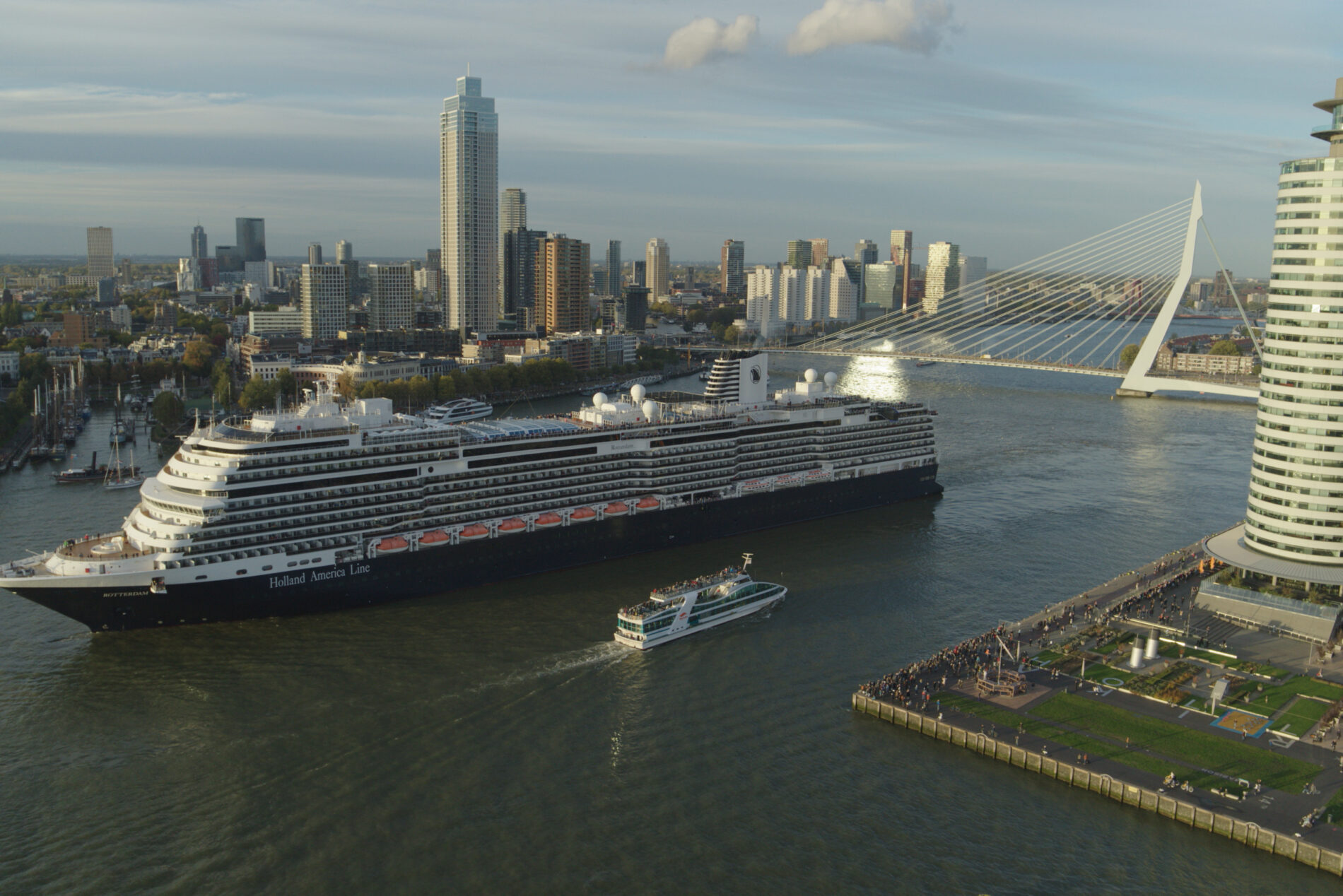
Carnival Corporation sails to the edge by tracking oceans of data
Imagine a company with 92 branch offices operating on all seven continents. Now picture that company coordinating a cascade of business functions every hour across that far-flung network – from training and paying 160,000 team members to keeping about 300,000 customers safe.
Finally, contemplate this reality: Those 92 branches are all afloat and typically on the move, often venturing way off the grid, from Antarctica to Zanzibar, even to a secluded island that inspired the tale of “Robinson Crusoe.” And wherever they go, they must be tracked, fueled, supplied and staffed.
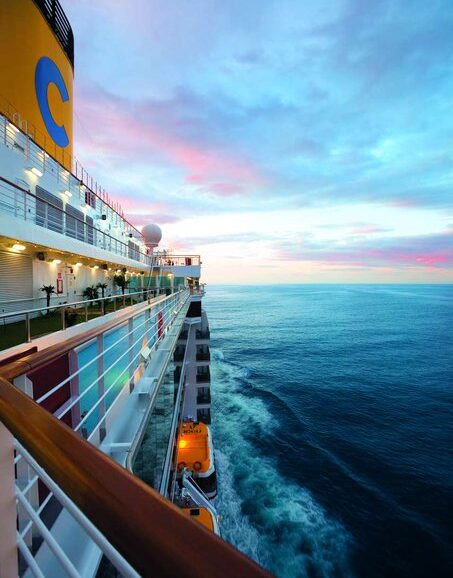
That’s the delicate, daily mission of Carnival Corporation & plc. From its Miami headquarters and across its portfolio of brands, the company operates 92 cruise ships that sail from 700-plus ports and destinations. The vessels resemble mobile cities, generating enormous amounts of data as they feed, house and entertain thousands of guests while simultaneously navigating weather, waves and underwater terrain.
To further streamline those intricate operations, Carnival Corporation is deploying an array of Microsoft Azure technologies that extend cloud computing beyond the four walls of the datacenter out to the edge – into the world where people live, work, play and make decisions in the moment, at all hours.
You may be familiar with examples of the edge on land, like smart cameras that allow grocery shoppers to skip the checkout, or race car sensors that tell drivers when to make their move. But at sea, Carnival Corporation’s digital upgrade is stretching cloud and data connections to the very edges of the planet.
“This is the brave new world,” says Andy Paul, Carnival Corporation’s senior director of maritime innovation.
The company has deployed Azure edge technologies aboard the Costa Toscana, a Mediterranean-based vessel described as “a ‘smart city’ more than a ship,” as well as the Seabourn Venture and Seabourn Pursuit, which both voyage to Antarctica and other regional locations.
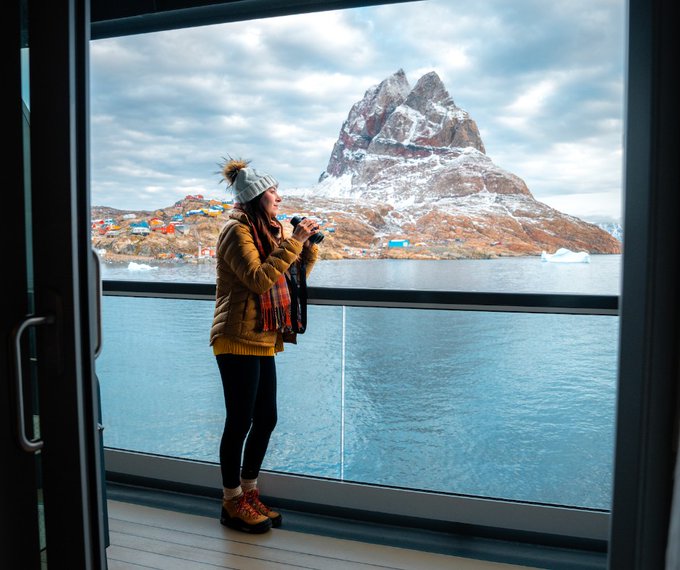
That trio anchors the start of the company’s cloud-to-edge journey. They also reveal part of the IT challenge: Each of Carnival Corporation’s brands (which also include Princess Cruises, Holland America Line, Carnival Cruise Line and P&O Cruises) has traditionally operated its own, unique tech infrastructure.
“Today, it’s all fragmented,” Paul says. “But this approach offers us the chance to do it all through one environment. This can be a great unifying force for us.
“Having that standardized way of deploying the architecture will be very valuable in terms of having consistent service, consistent maintenance, consistent cybersecurity and patching all being done in the same way.”
The three ships have added Azure Stack HCI, a hardware and software combination that connects the Azure cloud to physical locations. And they’re relying on Azure Arc, a platform that enables guests and crew to use data they already have or will generate on the edge.

What does all that mean for the hard work and the sweet relaxation now happening on the high seas?
For guests, increased efficiency in Carnival Corporation’s back-end operations will enable ships to more easily adjust to weather, scheduling or navigational challenges to reach their destinations on time, the company says.
At the same time, the cruise industry is welcoming a fresh demographic of travelers who are younger and who tend to travel in larger groups. These guests expect their devices to operate with the same cloud connectivity available at landlocked resorts, Paul says.
“They’re more like a regular group of holidaymakers who want applications to work faster, who want to be able to surf the internet any time,” Paul says. “They don’t want to give up anything on the tech side when they’re on our ships.
“Making these investments gives us the platform to do that. If we do it generically across all our fleet, it gives us a strong base to standardize and enhance our tech offering so we may continue delivering extraordinary cruise vacations to our millions of happy guests,” he adds. “It also makes us technologically more competitive with what’s already out there in the wider vacation market.”
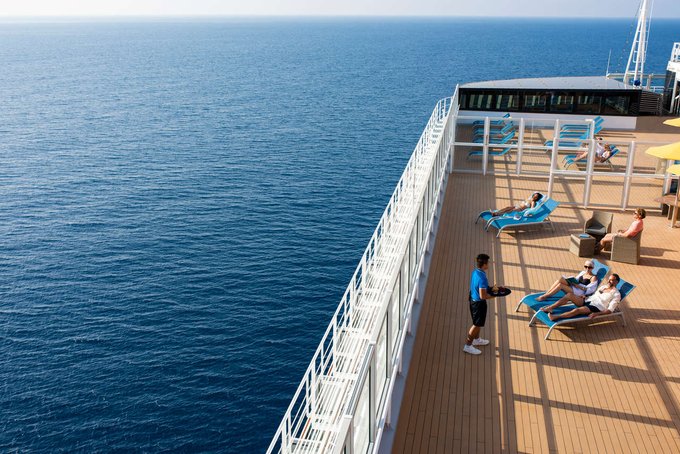
For Carnival Corporation team members, the tech overhaul will allow them to start their training programs on one ship and, if necessary, complete that training aboard another vessel, versus needing to restart the entire process.
That training is crucial. Crew members must offer both luxury and safety – from setting tables, preparing cabins or providing pool service to knowing the location of all onboard defibrillators or knowing basic first aid procedures. All those duties can be specific to the ships on which team members work.
To perform those jobs, “the right people must be on the right ships at the right time in the right ranks,” Paul says. About two-thirds of the company’s 100,000 onboard crew are always on duty. By accessing real-time data, Carnival Corporation can better manage crew rotations and training.
“We also must make sure crew members’ leave and pay is taken care of,” Paul says. “Today, there’s an awful lot of manual processes around reconciling those. Just being able to have a standardized architecture across the whole organization will be very useful for us.”
As its crews and guests traverse the oceans, the company is also on course to make smarter use of some 10 million pieces of data the fleet generates daily, Paul says.
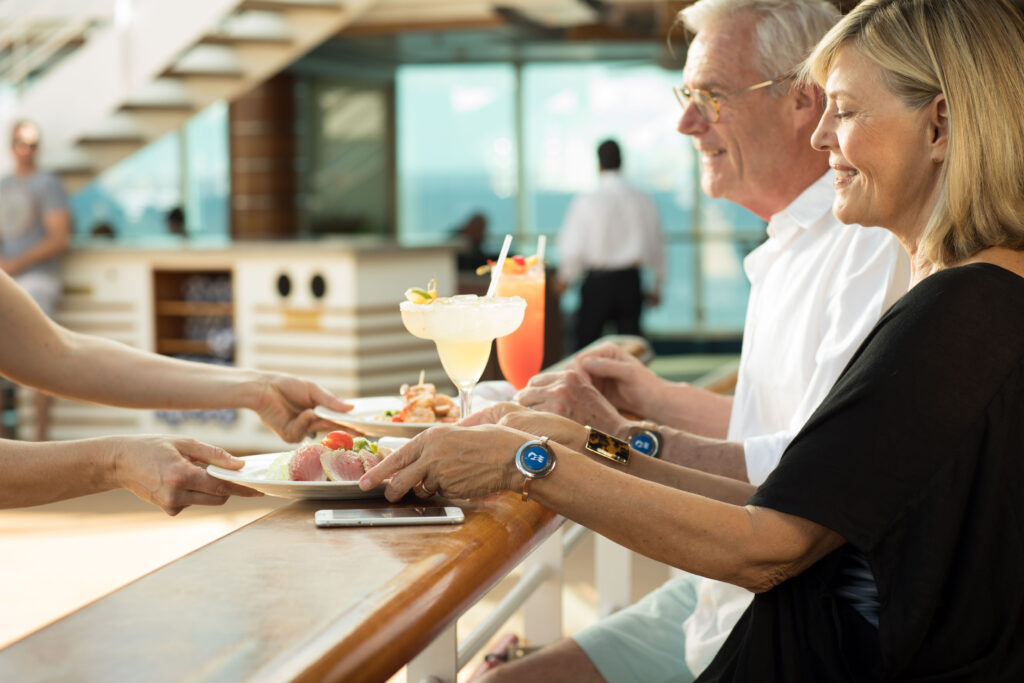
To track its ships – and the machinery propelling them from port to port – Carnival Corporation relies on its Neptune software application, which captures and analyzes shipboard data spanning navigation, radar, location, speed, engine conditions, emissions, fuel and energy usage, plus water management.
The company is upgrading Neptune by adopting Azure IoT Edge, which extends data analytics from the cloud to IoT devices on the edge. Real-time data signals from the ships get reported in Neptune.
That enables Carnival Corporation’s fleet operation centers to display each vessel on a global map while simultaneously tracking and analyzing key aspects of onboard performance, including environmental systems, Paul says.
The ships all run advanced air quality systems. Often referred to as “scrubbers,” these technological innovations help to improve air emissions, meet and exceed environmental regulatory standards, and support sustainable operations in the global shipping industry.
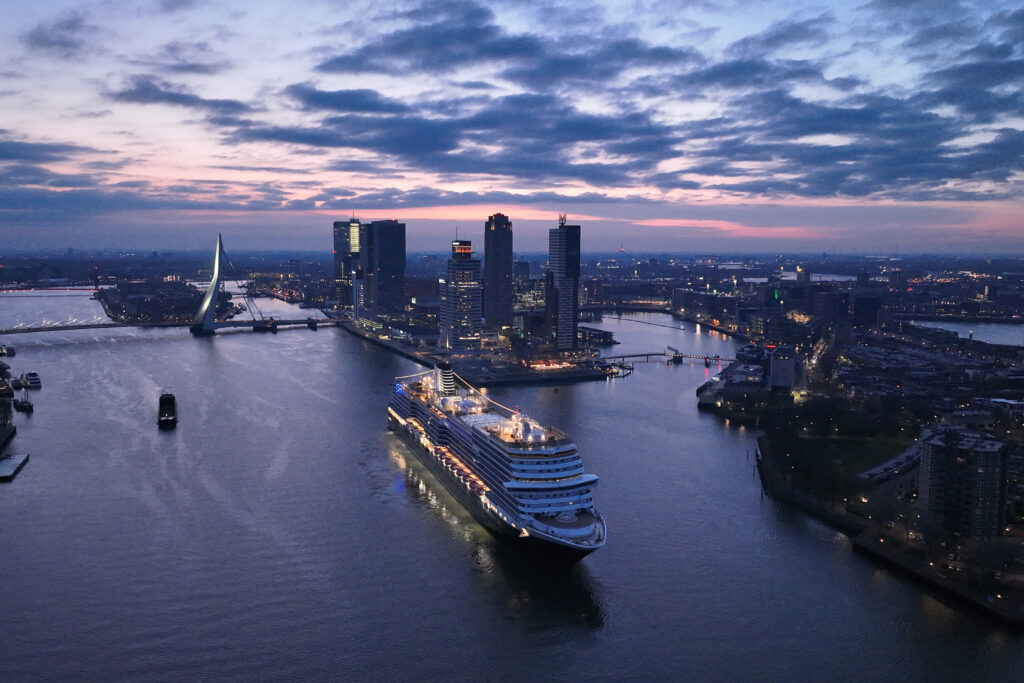
“We have very strict rules about when and where we must use those systems to reduce sulfur,” Paul says. “Neptune has built-in geofences (virtual geographic boundaries), and today we get that data” to help meet emissions regulations.
Whether they’re working to manufacture automobiles, run a healthcare system, or stock store shelves, many companies are also seeking cloud-to-edge solutions, says Douglas Phillips, corporate vice president of the Azure Edge & Platform organization at Microsoft.
“They’re not asking for individual, siloed, private clouds all over the world. They want to use one common fabric,” Phillips says. “Customers are coming to us and saying, ‘We want to be able to use the power of the cloud with centralized data and security to inform the decision making for our core business but also to operate our complex applications and IT infrastructure around the planet.’ Every industry has the same challenge today. Carnival Corporation is just a unique version.
“You’ve got a globally distributed organization with endpoints out in the world – in this case, the endpoints are ships that are constantly moving and the people on board with their devices. But the data the company wants to see isn’t on any one of those endpoints. It’s the total sum. It’s really about enabling a global organization to make local decisions.”
Of course, on the Costa Toscana, Seabourn Venture and Seabourn Pursuit, those edge technologies are generally invisible, in the very same way that the guests don’t see all the work creating their shipboard fun.
All that matters to them, Paul says, is that their devices stream their favorite shows and songs while a steady flow of data ensures safety, smooth sailing and uninterrupted vacations.
Top photo: The Rotterdam VII departs an urban port. (All photos courtesy of Carnival Corporation.)
